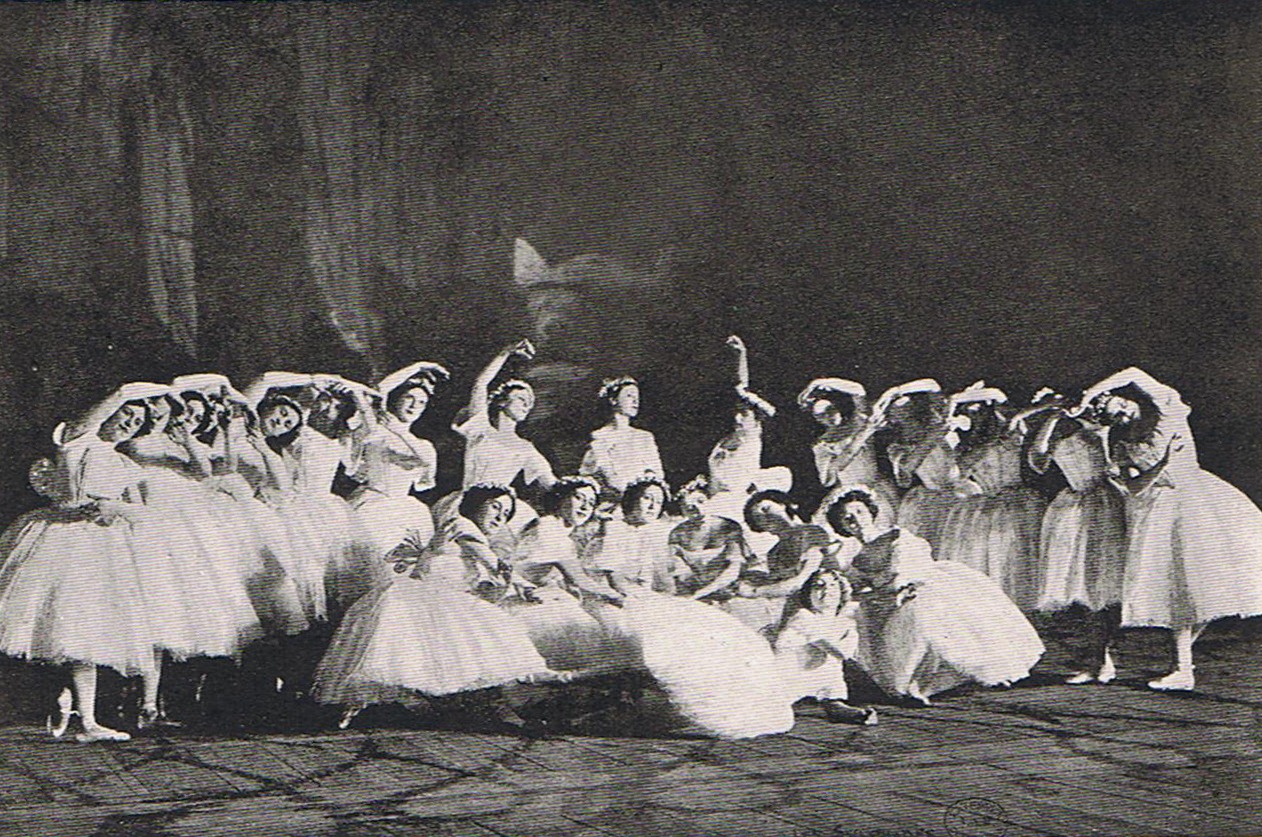people » Alexandre Benois
Alexander Benois (1870-1960). Russian painter, stage designer and curator
The Russian painter Alexander Benois was one of the key figures in the Ballets Russes, and indeed in ballet history more generally. Benois insisted he was a painter, not a stage designer, and that it was as a painter that he conceived and executed the atmospheric backgrounds against which the dancers performed and the choreographers created. He stemmed from a family of intellectuals, his father being a Court architect. Benois trained originally as a lawyer, but in 1897 Serge Diaghilev noticed some watercolours by him in an exhibition. Benois was already an enthusiast for ballet and, along with fellow painter Léon Bakst, founded Mir Iskusstva (The World of Art) in 1898, to promote new art in Russia. In 1901 Benois became set director at the Maryinsky Theatre. He moved to Paris to study art in 1904. When Diaghilev brought his Ballets Russes there in 1909, Benois designed Le Pavillon d’Armide and Les Sylphides. This was followed by Giselle in 1910 and in 1911 with Petrushka, an extraordinary synthesis of poetry and folk tradition, which sealed Benois’ name and international reputation. Thereafter his output was huge, encompassing theatre and opera as well as ballet. After Diaghilev’s death Benois designed in Monte Carlo and at La Scala, Milan, and as late as 1957 created a Nutcracker for London Festival Ballet. From 1918-26 he was curator at the Hermitage Museum in what had then been Leningrad.

